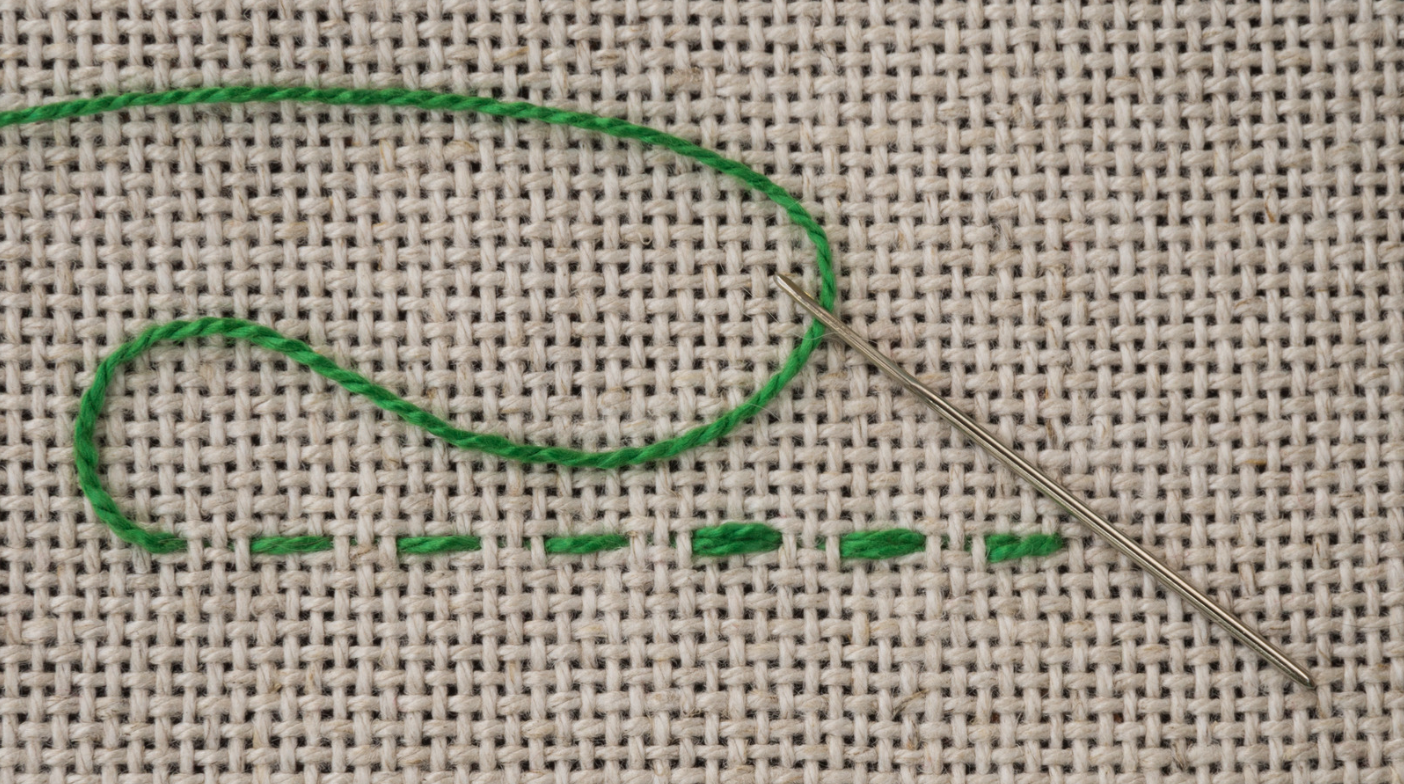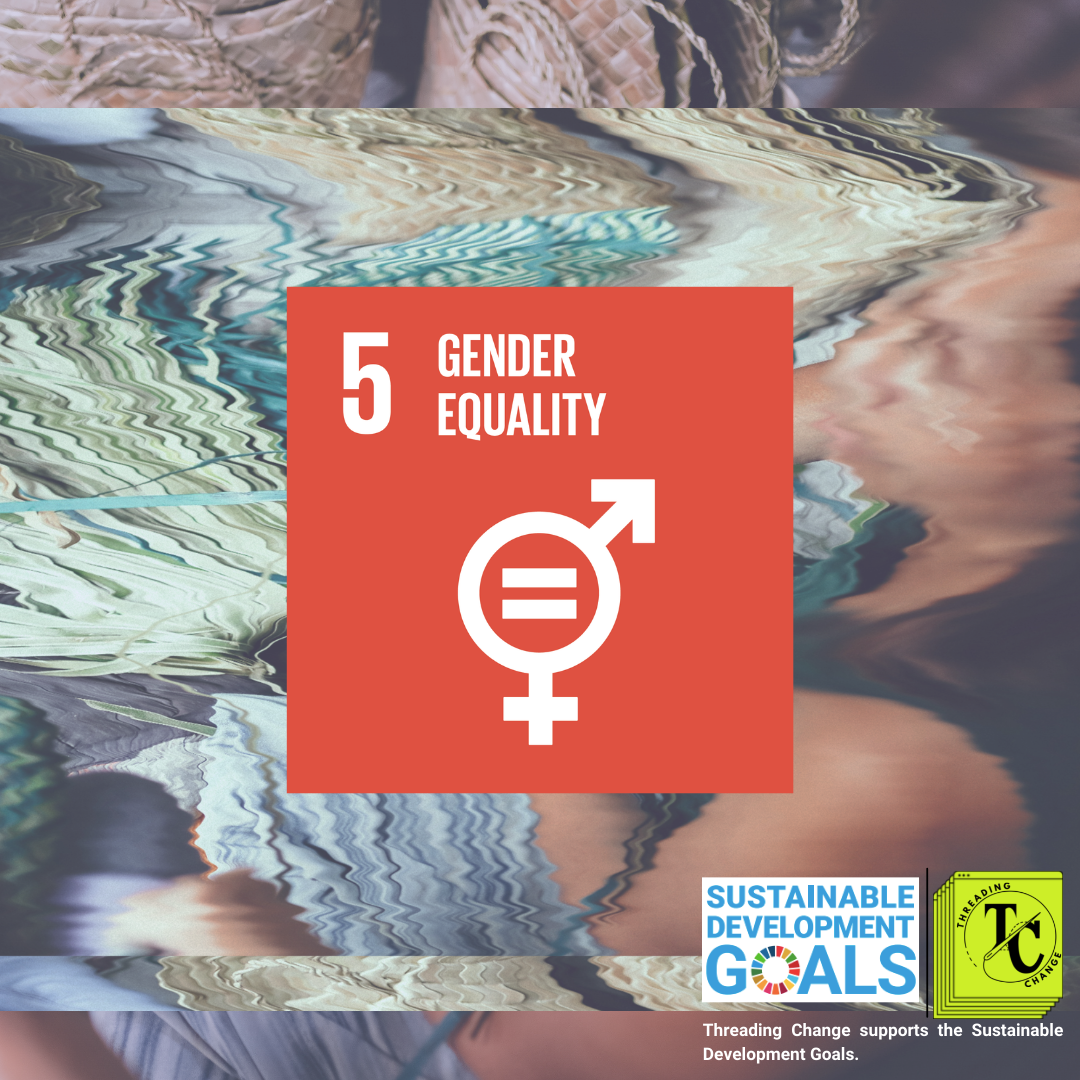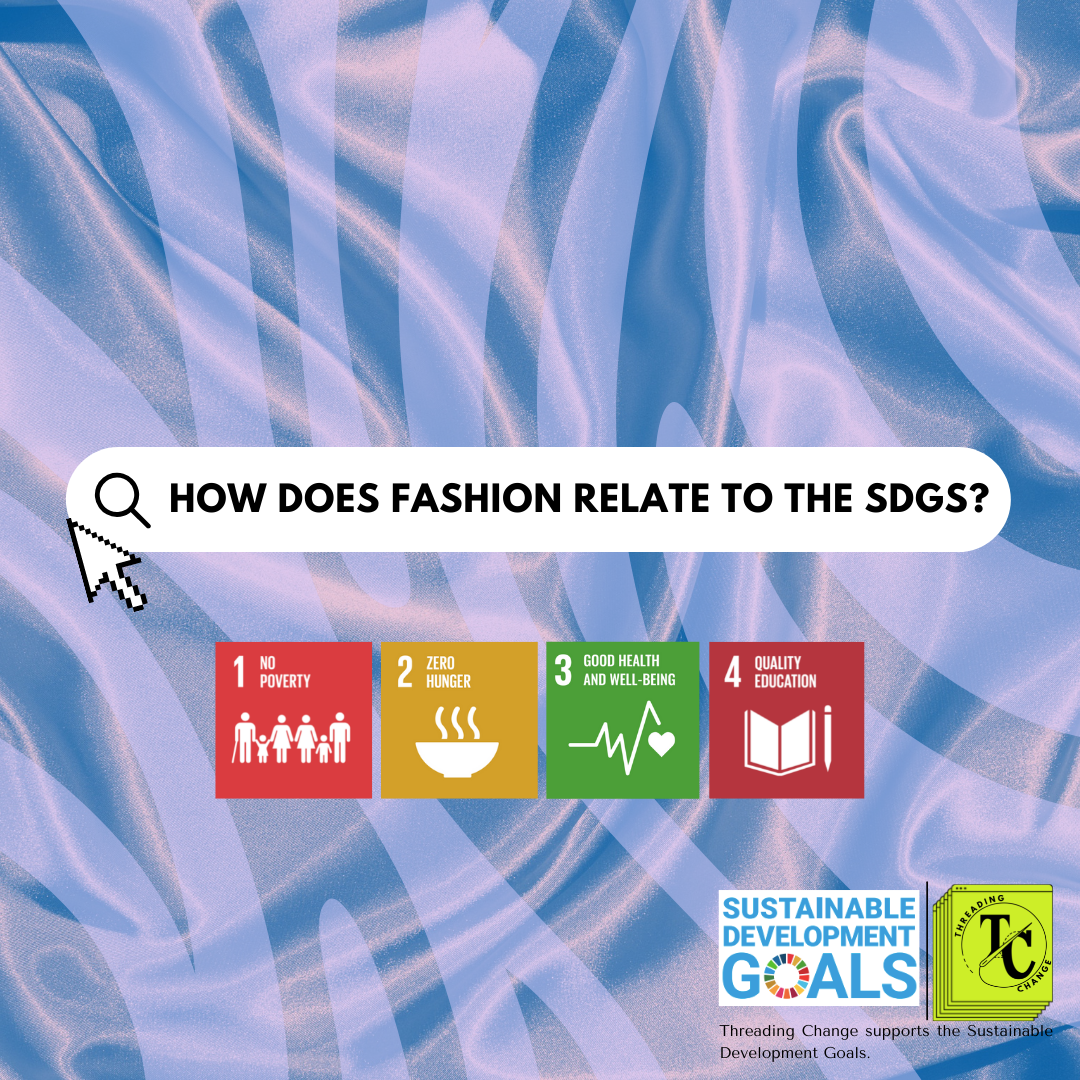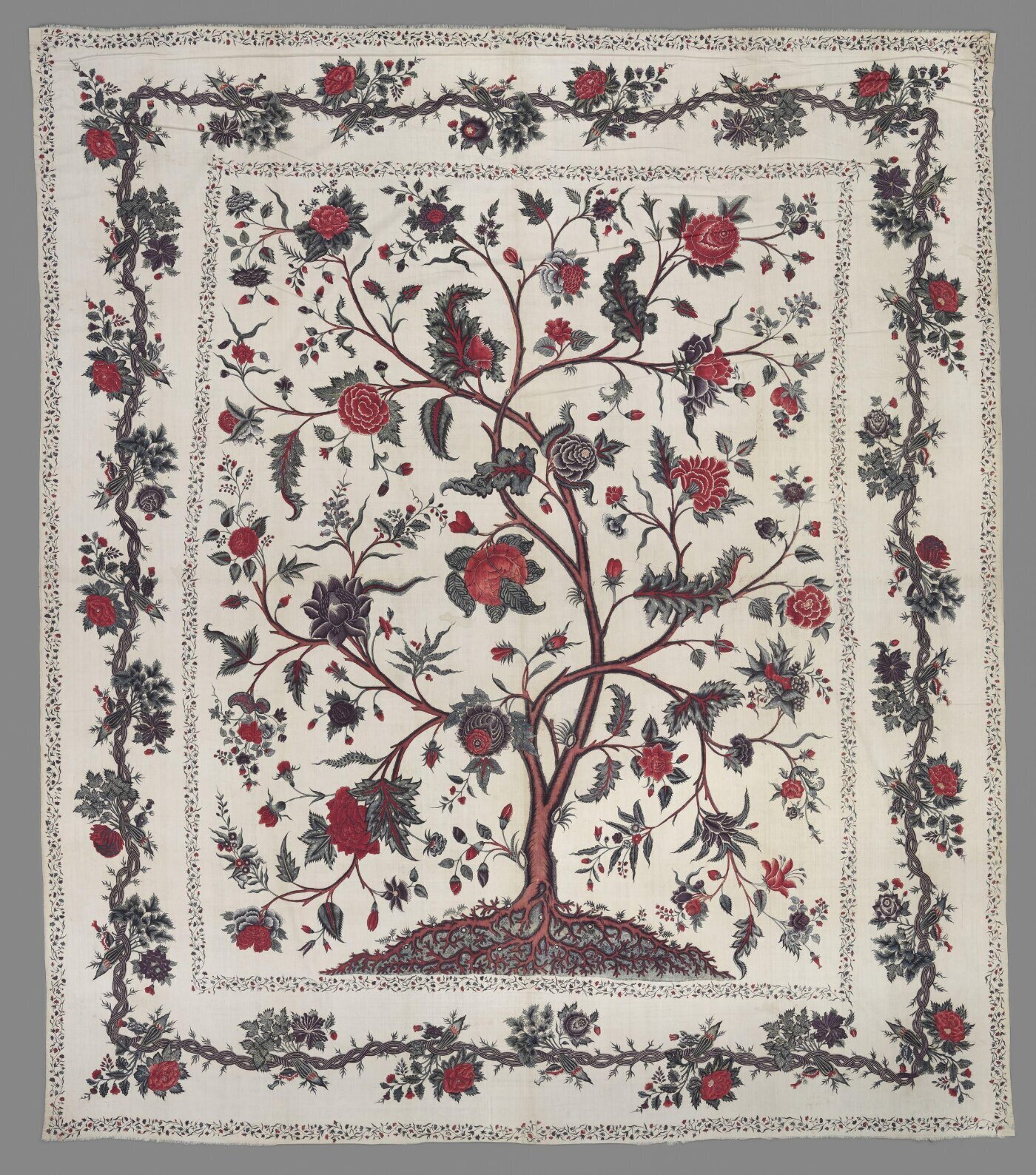
The Green Stitch Blog

Remembering Rana Plaza: What can be Learned, and How the Industry has Changed
On April 24th, 2013, Rana Plaza collapsed in Dhaka, Bangladesh. This eight-story garment factory killed at least 1, 134 people as it came crashing down, and if that isn’t gut-wrenching enough, this tragedy could have been prevented…

SDG 5: Gender Equality and the Fashion Industry
Gender equality is one of the most disused goals but there are still so many targets to reach in regards to eliminating the root causes of discrimination against women, transgender, non- binary and 2-spirit people that persists within the private and public spheres.

SDGs 1-4 Recap: No Poverty, Zero Hunger, Good Health and Well-being, and Quality Education
The fashion industry has contributed to maintaining poverty and food insecurity globally. Fashion impacts food insecurity in two ways: the taking of the land and the usage of the land. Food security means food sovereignty; the materials are part of a much larger picture of colonization and exploitation of the Indigenous people of the land and their traditional agricultural practices and systems.

Fashion and Colonialism: a Case Study of India
Written by: Caroleen Molenaar, Research and Content Coordinator
[7 minutes read]
The relationship between fashion industries and colonialism is deeply intertwined within history, and the present day. This blog post explores these relationships by using India’s past and present as a case study: from chintz to garment workers.
